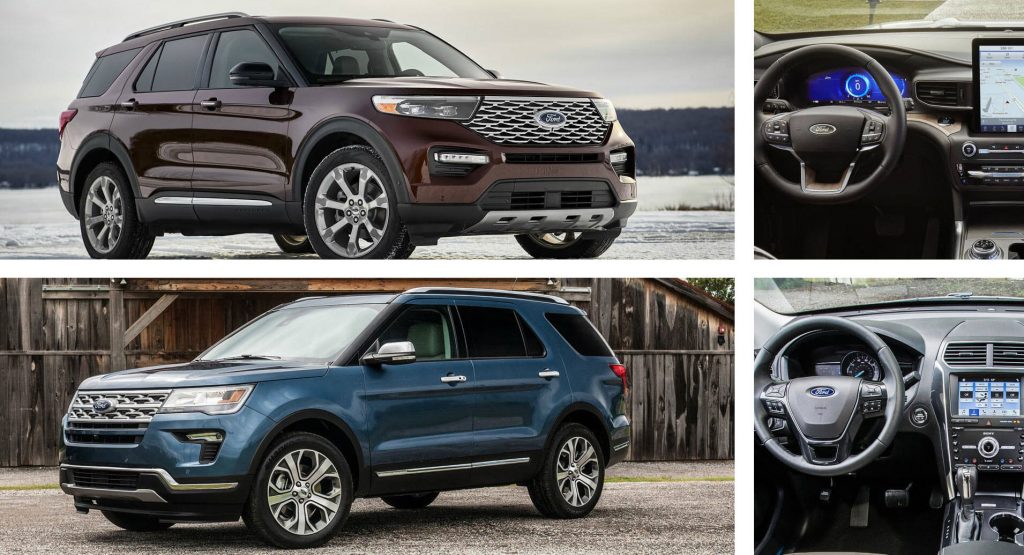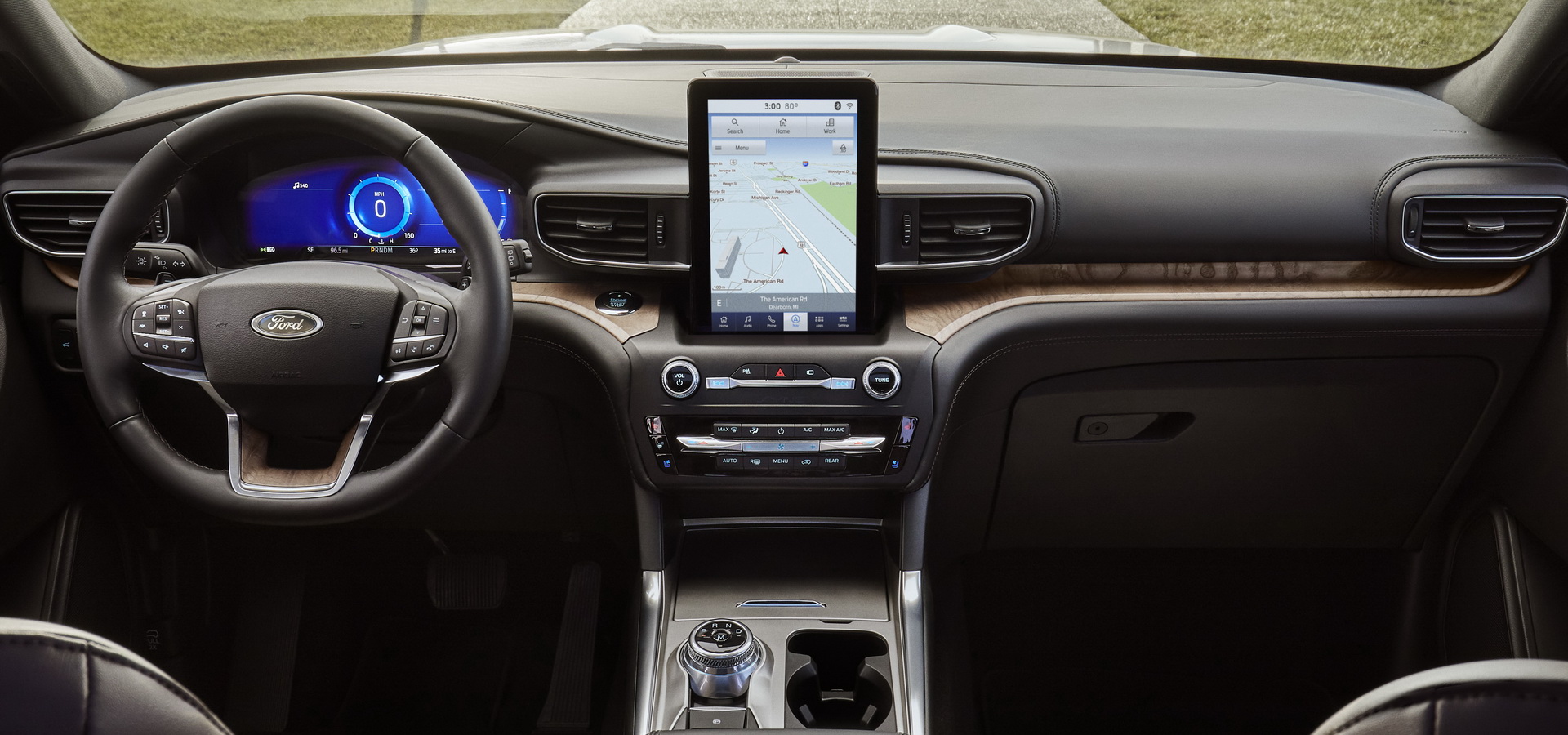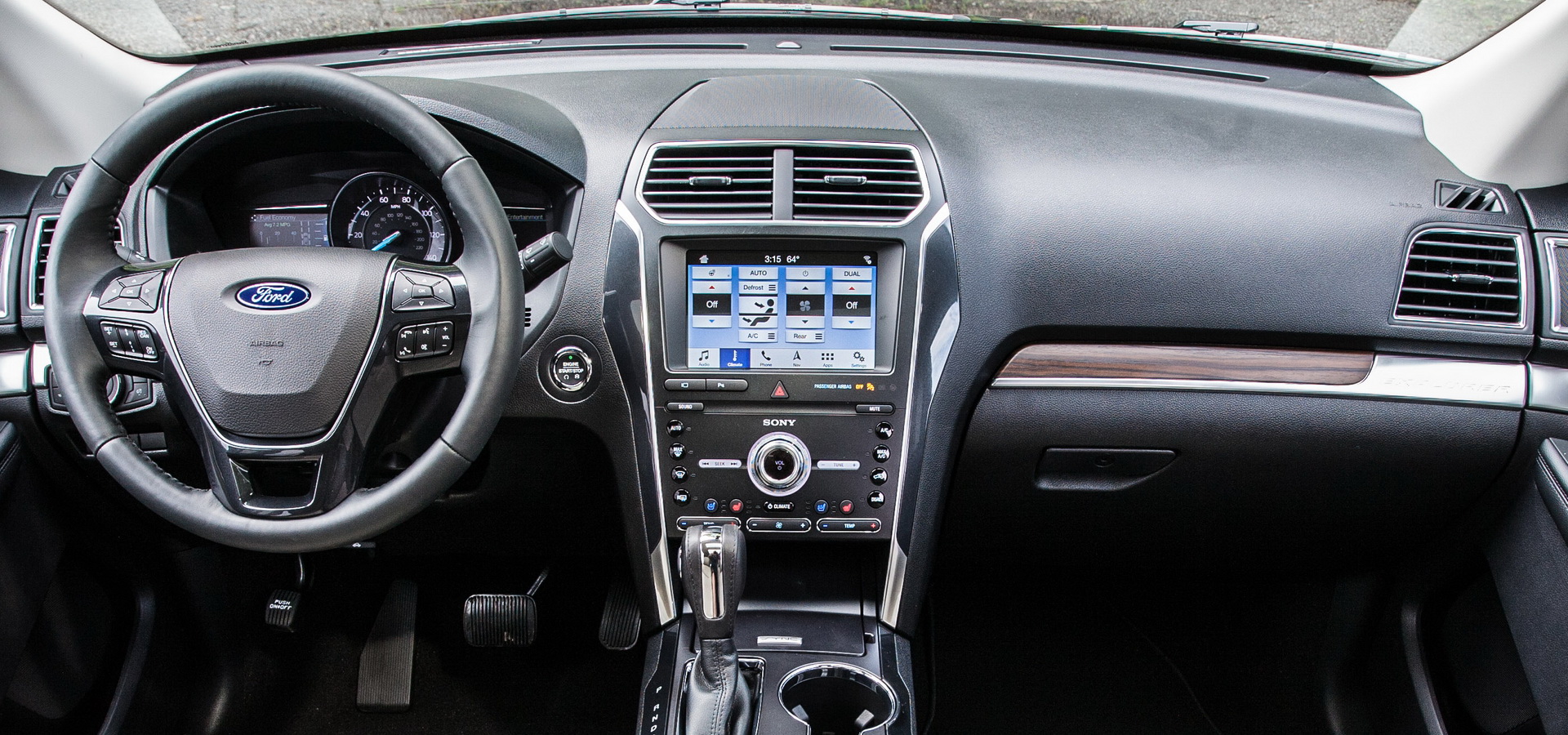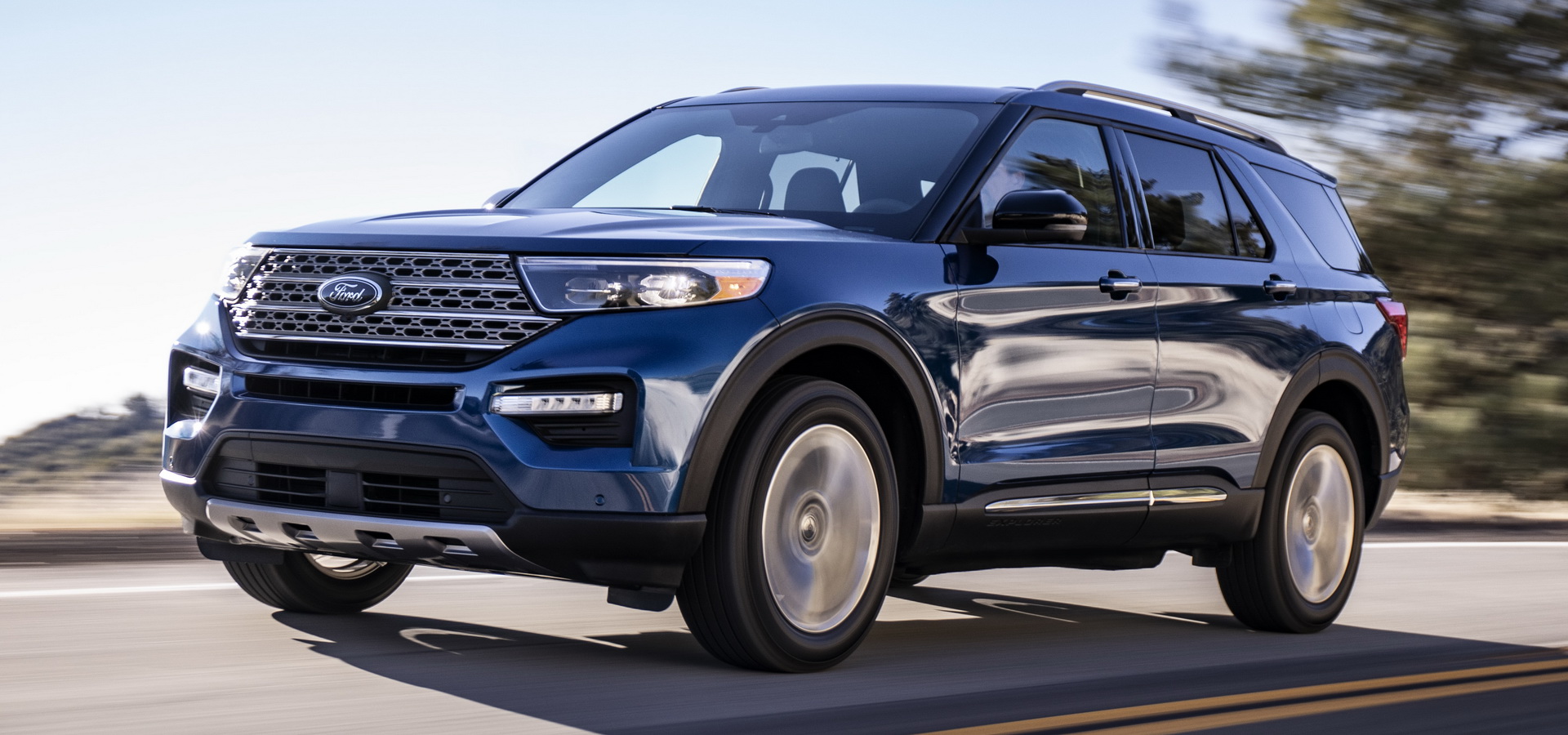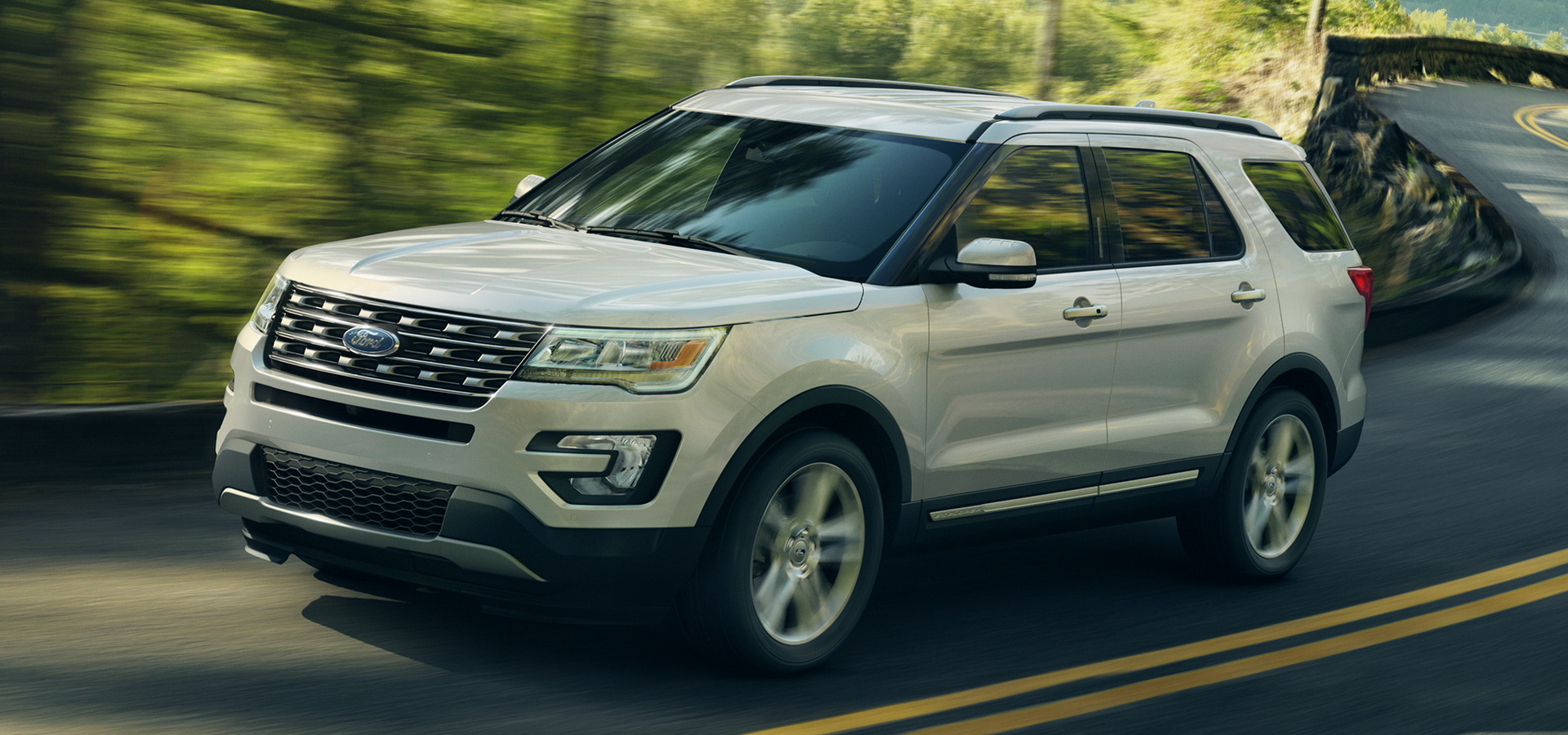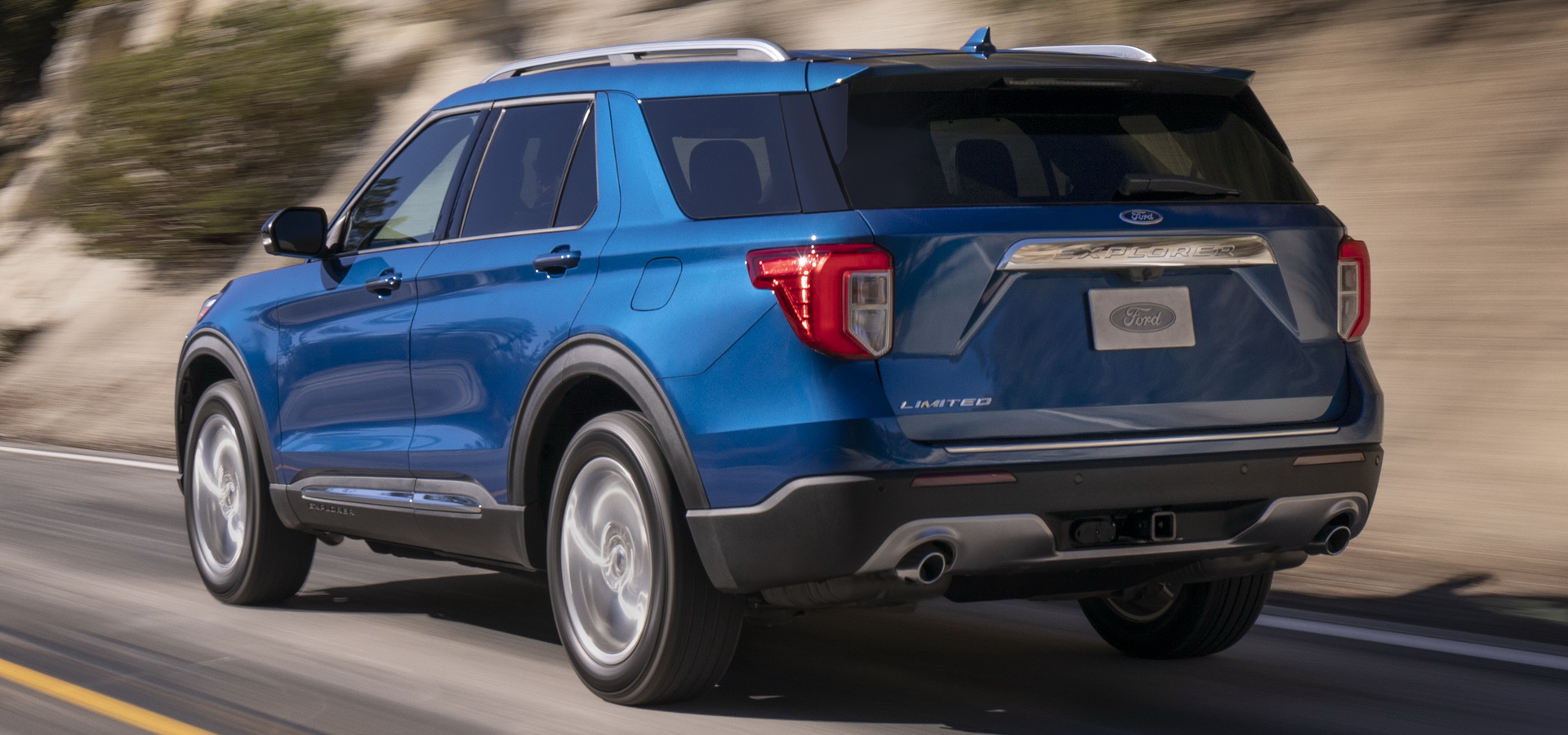While it may not be as an iconic nameplate as the Mustang or the F-Series, the Explorer is still one of Ford’s most popular models, and was last year’s best-selling non-premium midsize SUV in the U.S.
So yes, it’s one of those situations where you as an automaker can’t afford to make any mistakes as far as its replacement is concerned, which is probably why Ford played it relatively safe when it comes to the design of this all-new 2020 model.
Was it a mistake?
Judging by your reactions in the comments section after the 2020 Explorer’s unveiling, it seems Ford has failed to impress you, our readers, with the styling of their latest SUV. While we’re not here to judge, we do understand it if anyone thinks the older model looks somewhat more rugged than the brand new one.
A once imposing front end has been rounded off a little bit, gaining smaller headlights, new grille design and a more angular bumper. It’s new, but somehow doesn’t look tremendously modern, which goes double for the rear-end design – although that’s what makes it instantly recognizable as an Explorer, for better or worse.
Thankfully the profile does look sharper, with a slightly sloped roofline and a more dynamic shoulder line. In a way, the Explorer looks like it lost weight, which it actually did, roughly 113 lbs (51.2 kg).
Safer and more luxurious
Even though this isn’t a premium product (that’s Lincoln’s job), it’s easy to see that compared to its predecessor, or any other Explorer for that matter, the 2020 model boasts a much better built interior, evident by the absence of hard plastics on the upper and lower dashboard, at least on the Platinum version. You also get dual-zone automatic climate control, 4G LTE Wi-Fi hotspot, Apple CarPlay and Android Auto, and a 12.3-inch digital gauge cluster if you pay extra, to go with the 10.1-inch touchscreen infotainment display, which looks way better than the old 8.0-inch screen.
Then there’s the available heated front and second-row seats, 14-speaker B&O sound system, wireless smartphone charging, 10-way power passenger seat or the twin-panel moonroof. It’s hard to argue in favor of the old cabin, let’s leave it at that.
As for safety, the 2020 Ford Explorer comes with pre-collision assist with pedestrian detection as standard, as is forward collision warning and automatic emergency braking. You also get lane-keeping assist, rear view camera, automatic high-beam headlights and blind spot information with cross-traffic alert. Pay extra and you gain adaptive cruise control too, a reverse brake assist system, plus Active Park Assist 2.0.
To be fair though, the 2019MY Explorer did pretty well for itself too in this department: Adaptive cruise control and forward collision warning, Active Park Assist, from 180-degree camera, Lane keeping system with lane-keeping aid and lane-keeping alert, the Reverse Sensing system and more.
Time to let us know which of the two you like best, as well as which model you feel will prove more successful for Ford, in the long run. All we’ll say is that matching the old fifth-generation Explorer’s sales numbers going forward is not going to be easy.



